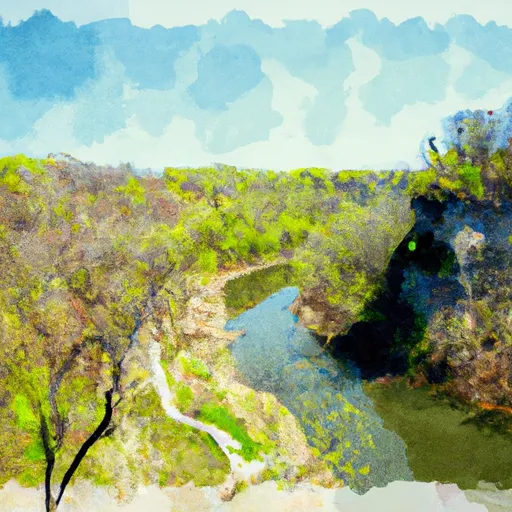°F
°F
mph
Windspeed
%
Humidity











Arpin, Wisconsin is a village located in Wood County. The climate in Arpin is classified as humid continental, with warm summers and cold winters. The village is situated near several bodies of water, including the Yellow River and Powers Bluff Lake, which offers opportunities for fishing and boating. Arpin is also home to several parks and recreational areas, including the Powers Bluff County Park, which features hiking trails, a picnic area, and a lookout tower with panoramic views of the surrounding area. The hydrology constituents in Arpin include groundwater, streams, and wetlands, which are important for wildlife habitat and water quality. Overall, Arpin offers a variety of outdoor recreational opportunities for visitors and residents alike.
Weather Forecast
Arpin receives approximately 822mm of rain per year, with humidity levels near 82% and air temperatures averaging around 7°C. Arpin has a plant hardyness factor of 4, meaning plants and agriculture in this region thrive during a short period during spring and early summer. Most plants will die off during the colder winter months.
Regional Streamflow Levels
67
Cubic Feet Per Second
586
Cubic Feet Per Second
5
Cubic Feet Per Second
181
Cubic Feet Per Second
Nearby Camping
| Camping Area | Reservations | Toilets | Showers |
|---|---|---|---|
| Atwood Water Park | |||
| Lefleurs Bluff State Park | |||
| Fairview Riverside State Park | |||
| Fontainebleau State Park | |||
| Bayou Segnette State Park | |||
| Timberlake - Ross Barnett Reservoir |



